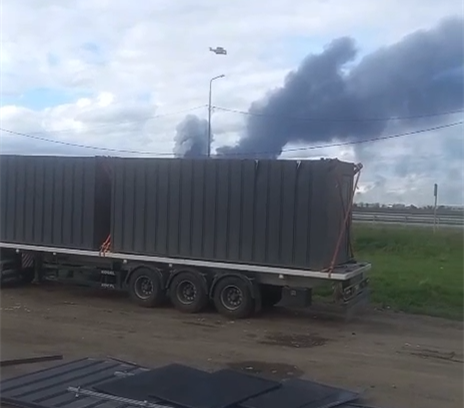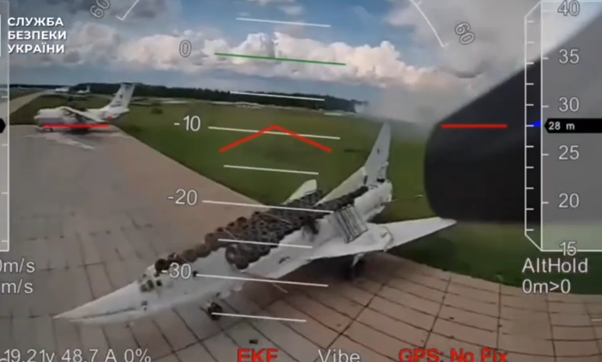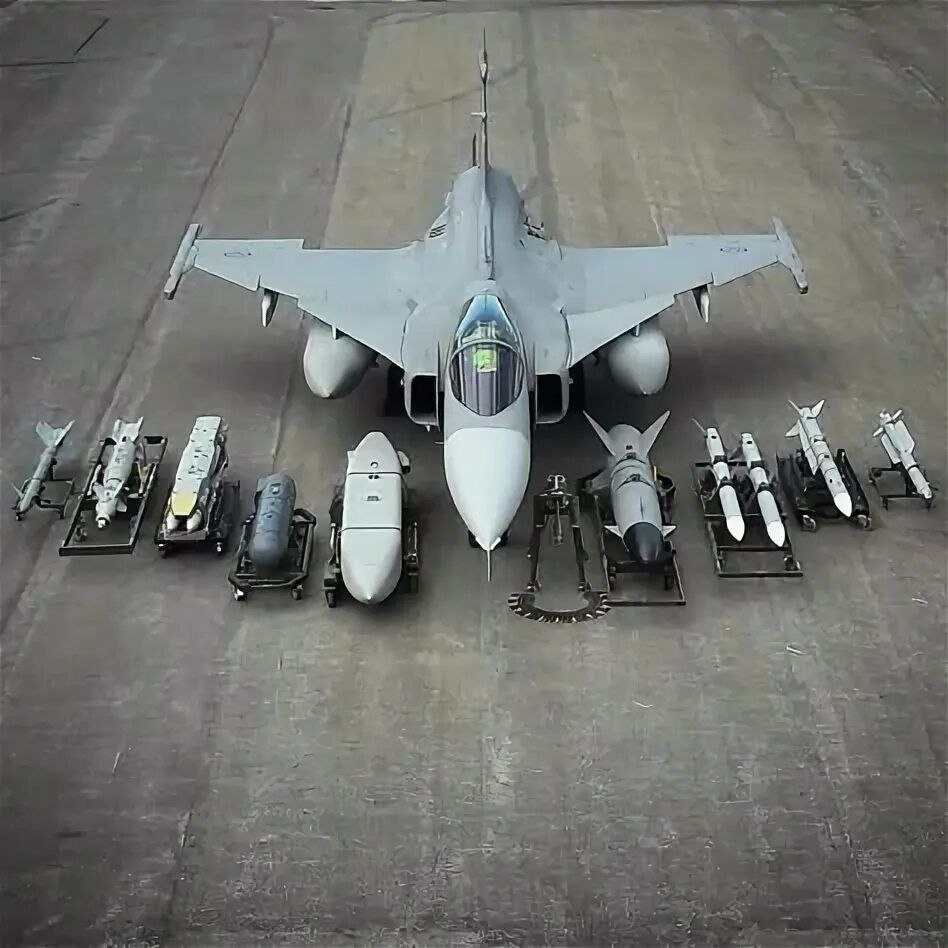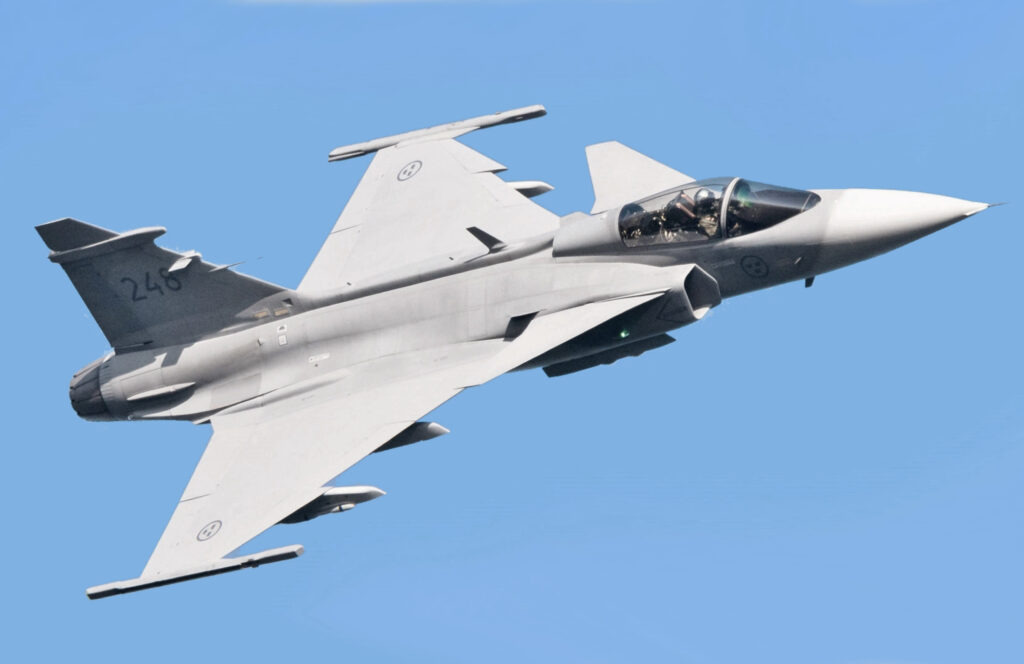In one of the most sophisticated and surprising operations of the ongoing conflict, Ukrainian forces have executed a successful drone strike deep with in Russian territory—an operation that not only inflicted damage but also revealed serious vulnerabilities in Russian strategic defence systems. Codenamed Operation Spider Web, this complex mission targeted Russian airbases housing critical assets, including strategic bombers and surveillance aircraft.
18 Months of Planning
According to Ukrainian sources, Operation Spider Web was the result of over 18 months of meticulous preparation by Ukraine’s Security Service (SBU). The execution of this operation required both innovative engineering and covert logistical coordination.

The drones used in the attack were not launched in real-time from across the border. Instead, they were pre-positioned inside containers that had been secretly delivered and stored near Russian airbases. These containers remained in place undetected for a prolonged period. Inside them were mobile wooden boxes with removable top covers, which allowed the drones to be launched autonomously and remotely at the designated moment. The entire operation was carried out without direct human presence on-site during the final phase.

Clandestine Logistics and a Mysterious Death
The logistics behind this operation were unusually intricate. The initial stage involved smuggling FPV drones inside containers into Russian territory. These containers were then stored in a warehouse, possibly under the guise of normal commercial goods.
A grim twist to the story involved the death of a truck driver, reportedly found with a tie wrapped around his neck. This incident has raised speculation about possible on-ground Ukrainian supervision, and whether efforts were made to eliminate witnesses or evidence following the operation’s conclusion.
Civilian Intervention and Aftermath
After the attacks, local civilians discovered one of the drone-laden containers—reportedly a semi-trailer. In a surprising act, they climbed atop the container, pried open the top cover manually, and destroyed the remaining drones, thereby preventing any further attacks.
While this unexpected civilian intervention curtailed some of the operation’s potential, the mission remains a significant tactical victory for Ukrainian forces.
Strategic Targets and Deceptive Defences
Among the high-value targets struck were Russian strategic bombers at the Belaya air base—an integral part of Russia’s nuclear triad. Following the attack, satellite and video evidence revealed that these bombers had tires placed on their wings and fuselage.
The purpose behind this unusual tactic wasn’t physical protection. Instead, the tires were intended to confuse the imaging seekers of incoming munitions that use scene-matching algorithms for target identification. By distorting the visual profile of the bombers, the Russian forces hoped to deceive the autonomous systems used by modern drones and missiles.

Additionally, during the strike, white smoke was observed emanating from the front of a Tu-160. Contrary to initial concerns, this was not the result of damage. Experts believe the smoke was intentionally deployed as a countermeasure, intended to disrupt the sensors of autonomous drones possibly equipped with artificial intelligence-driven targeting systems.
Footage of A-50 AWACS Attack
The Ukrainian SBU also released video footage showing a drone targeting a Russian A-50 airborne early warning and control (AWACS) aircraft. The drone was seen attempting to land directly on the radar dome, aiming to disable the aircraft’s core surveillance capability.
Interestingly, the aircraft appeared to lack engines under its wings, suggesting it may have been a decommissioned model, likely inactive for some time. Nevertheless, in another confirmed instance, a drone successfully landed atop an A-50’s radar dome and detonated, demonstrating the precision and intent behind these strikes.

Strategic Implications
While no Tu-160 losses were reported due to the countermeasures employed, the broader implications of Operation Spider Web are prominent. The attack not only marks a milestone in drone warfare but also exposes critical weaknesses in the protective measures surrounding some of Russia’s most valuable military assets.

Moreover, the fact that such a deeply embedded operation could be conducted within Russian borders raises serious questions about internal security and surveillance. Since this is the first operation of its kind and achieved complete surprise, the likelihood of a similar second operation is now extremely low. Russian forces have since increased surveillance measures and deployed anti-drone systems at airbases located far from the Ukrainian border. As of now, Russia’s official response remains uncertain, but the strategic consequences of this incident are likely to reverberate for months to come.


